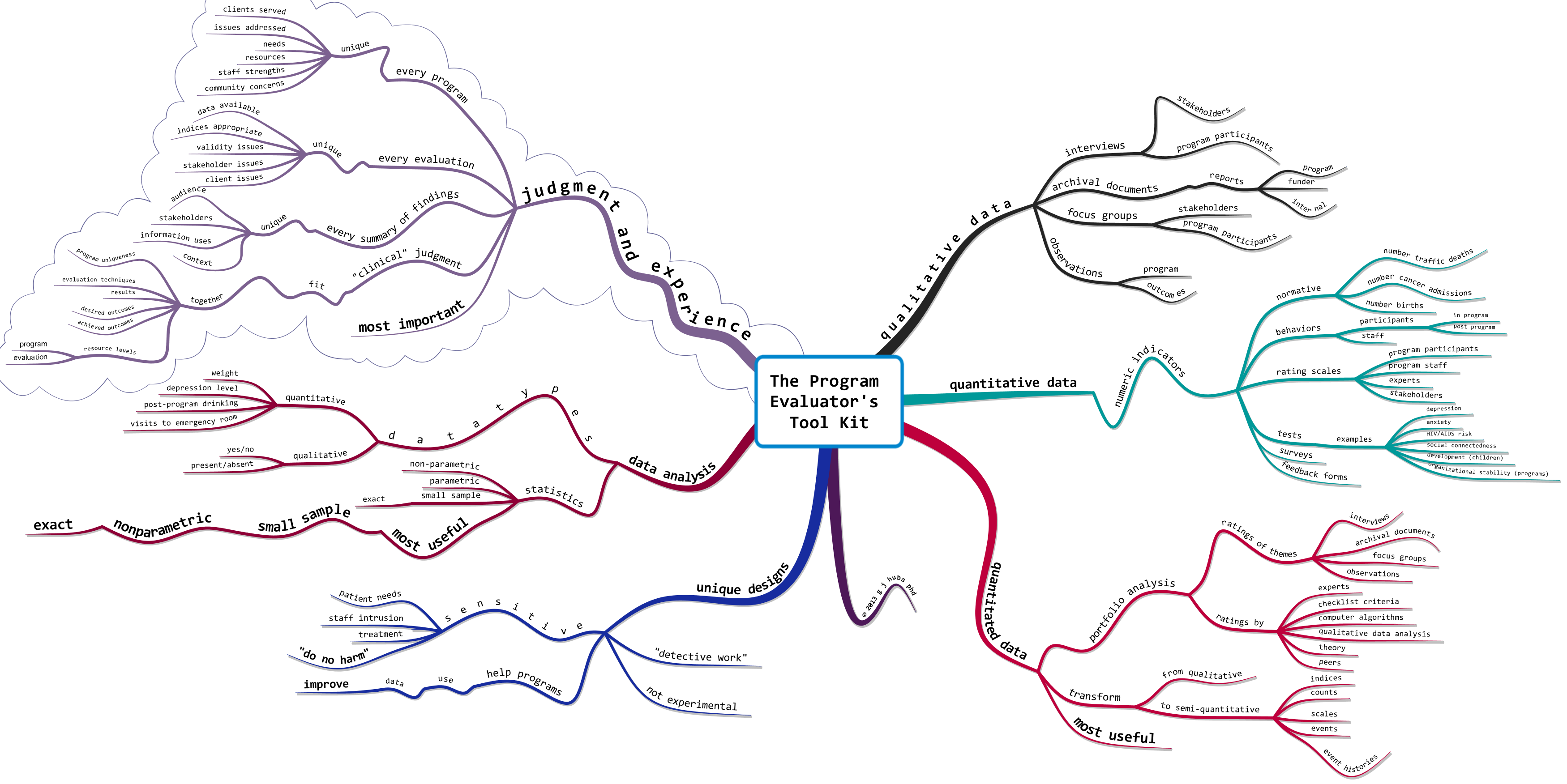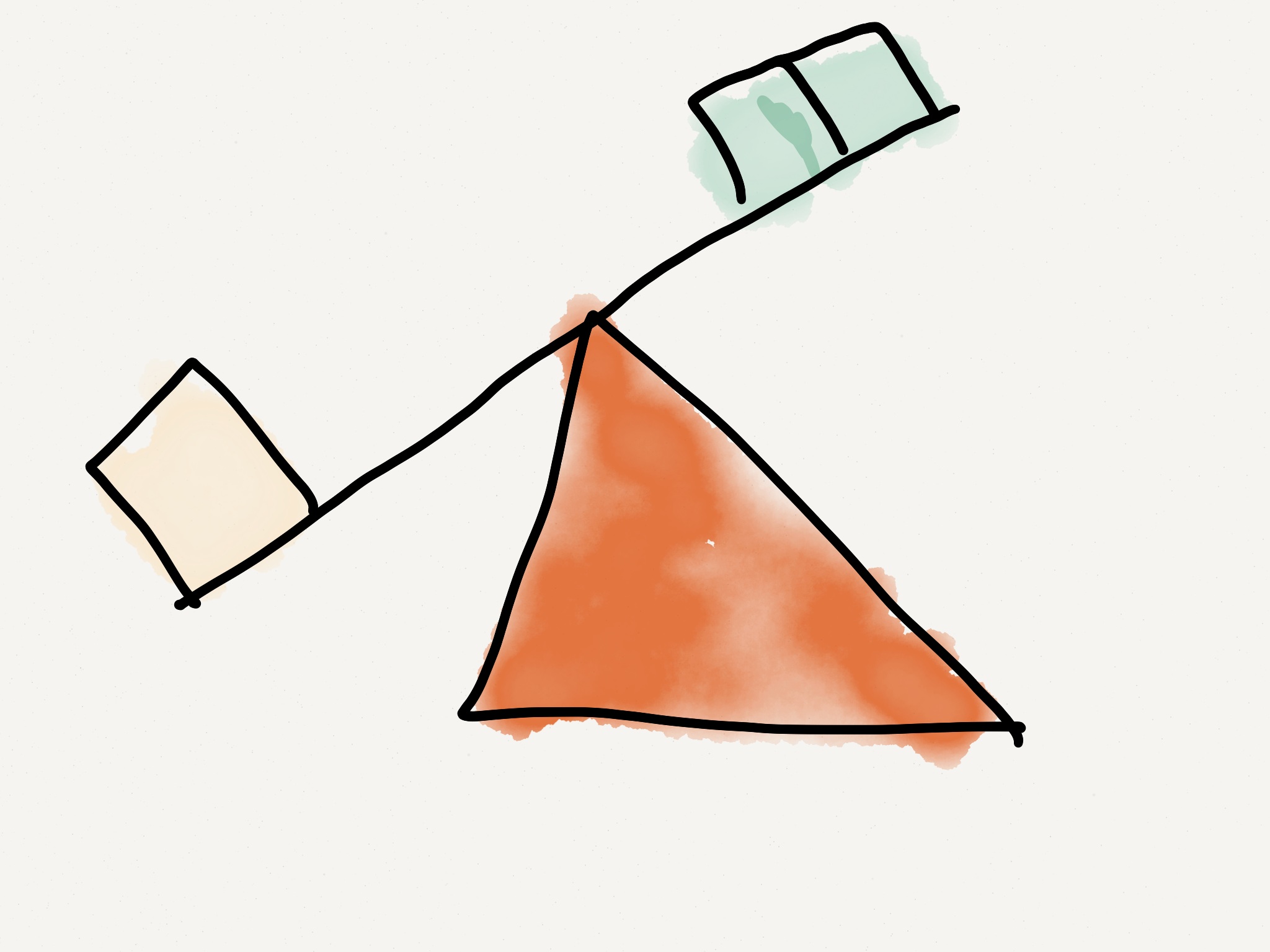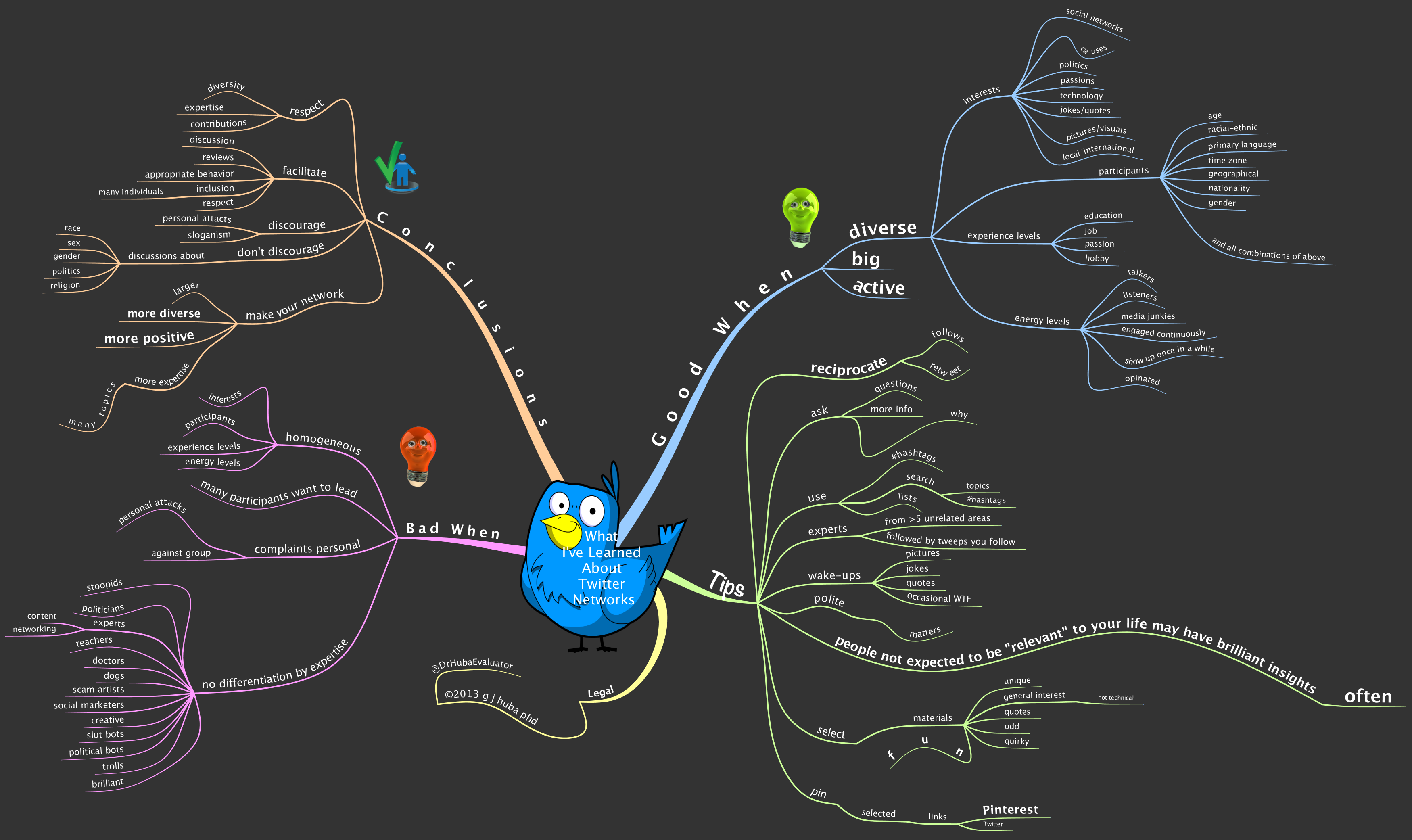Missed patients appointments represent a major wasted cost within the healthcare system.
Huge amounts of resources are wasted when patients miss appointments. Expensive healthcare providers in expensive medical office space with expensive equipment and expensive staff are not utilized to their fullest resulting in a loss to the overall system.
To deal with missed patient appointments, clinics often schedule a few more patients than they have time slots in order to compensate for the number of patients who may not arrive or may arrive later than scheduled.
If everybody actually shows up at appointments in the compensatory, over-booked environment, several things happen; doctors and staff get stressed because they have to squeeze patients into the schedule and patients get pissed off their doctor cannot be in their examination room on time or earlier.
So the system needs to get patients into healthcare clinics on the correct day at the correct time. A number of strategies are typically used.
Do you think that the average elderly or cognitively challenged individual (and caregiver) understands and remembers those reminder messages left on their voice mail or those short telephone communications from an obviously harried staff member?
Do you think that the small type, too many words, black-and-white business letter does the trick? Do you think the letters get opened? Do you think that aging folks can all read small fonts or understand a packed letter without white space?
Do you want to increase the rate of patients showing up for appointments? Look at this general framework and the example I provide below.
Use a mind map, improve patient care and help make the service system more efficient.
Click on images to expand.
![Reminder [optional use of name]](http://hubaisms.com/wp-content/uploads/2013/10/reminder-optional-use-of-name.png)


A clerical staff member should review the completed form with a patient or caregiver.
Personally I would send the mind map home (or in the mail) with a few brightly colored refrigerator magnets (with my phone number on them) suggesting that the patient or caregiver put the appointment mind map on the door. I would also send a second copy to be put wherever these things usually go, or to share with the caregiver. Refrigerator magnets are very inexpensive and if printed with your name and phone number will increase the number of times patients will call to reschedule rather than just skip the appointment because they cannot find your phone number (and guess what percentage of elderly or cognitively challenged or disabled or practicing physician adults might not be able to find the business card and did not enter your office phone number into their smartphones?).
Oh, and even if the form slips off the refrigerator and is whisked off to recycling by a rushed and harried house cleaner, the refrigerator magnets will still be there so the patient can call to get the scheduling information.
Try something like this. If it works you save a lot of wasted time and loss of income and frustration. Your patients get better healthcare because they remember to see you when it is medically desirable to do so. The caregivers will like it because it makes their jobs easier.
And if it doesn’t work better than the same-old, same-old, you have only lost a few hours of clerical time spent implementing a system of mind map appointment reminders.
Like this:
Like Loading...




![Reminder [optional use of name]](http://hubaisms.com/wp-content/uploads/2013/10/reminder-optional-use-of-name.png)










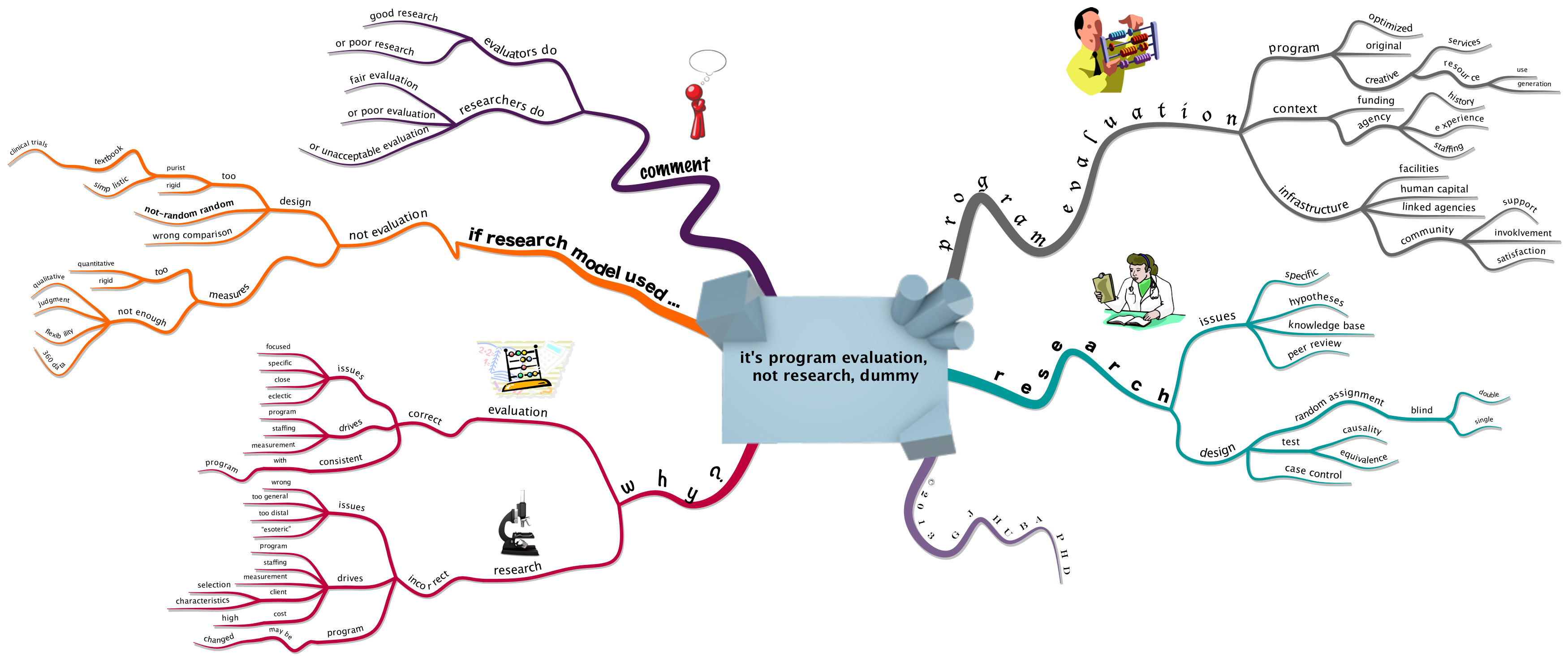



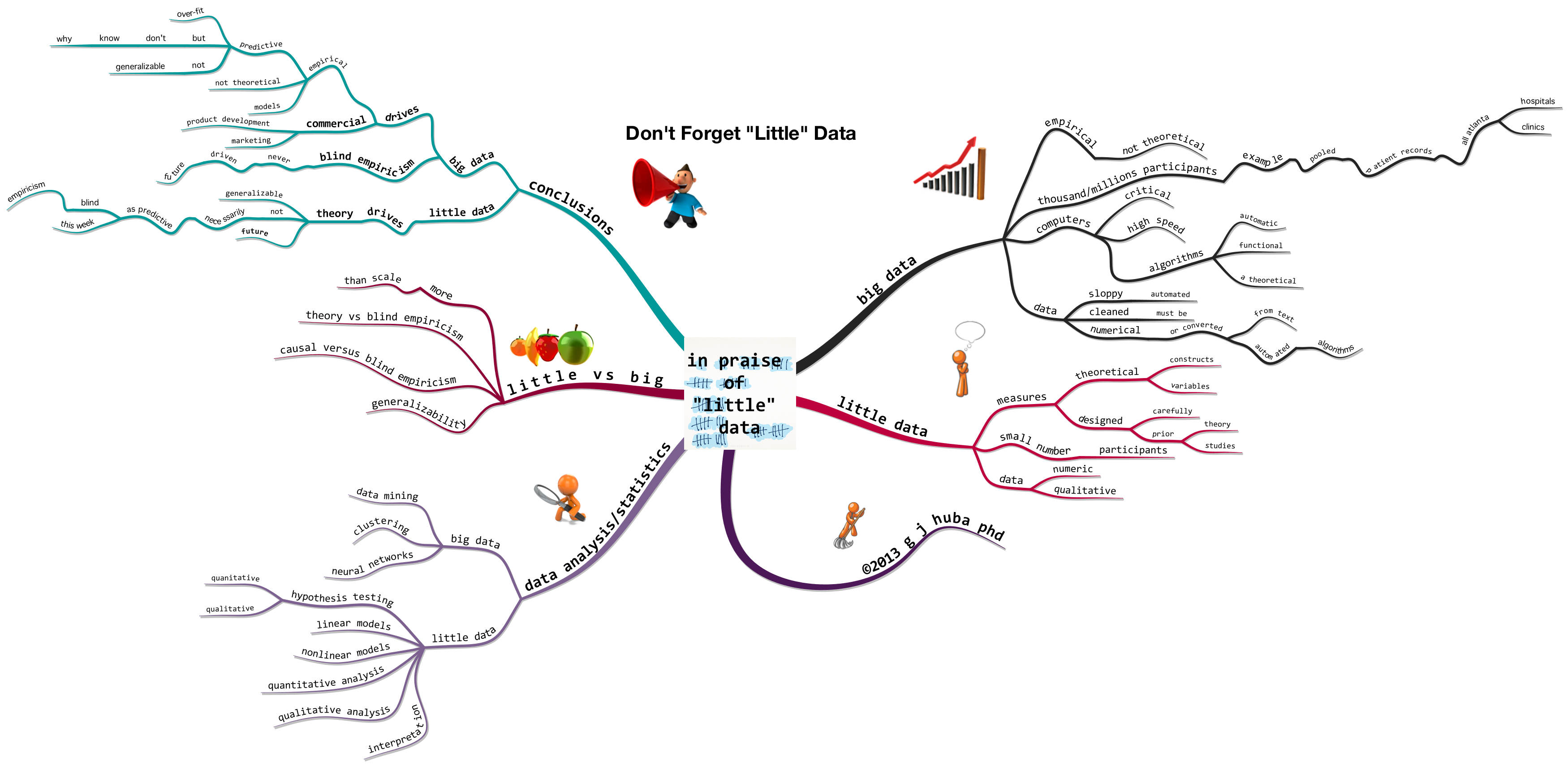

![[almost free] strategies to improve healthcare](http://hubaisms.com/wp-content/uploads/2013/04/almost-free-strategies-to-improve-healthcare.png?w=922)







